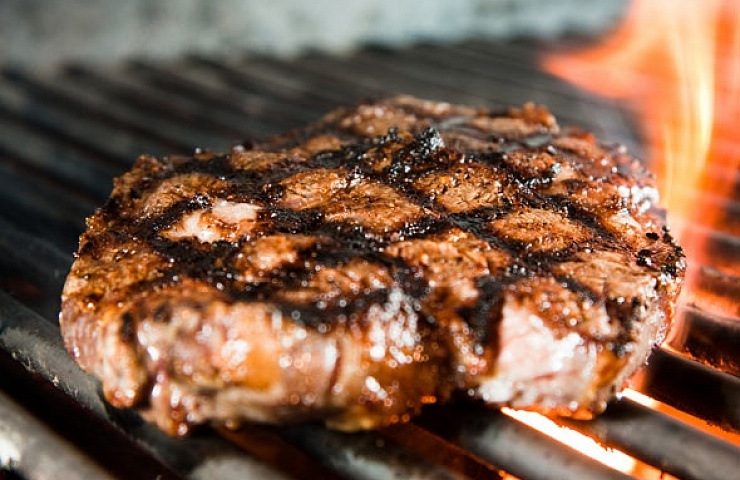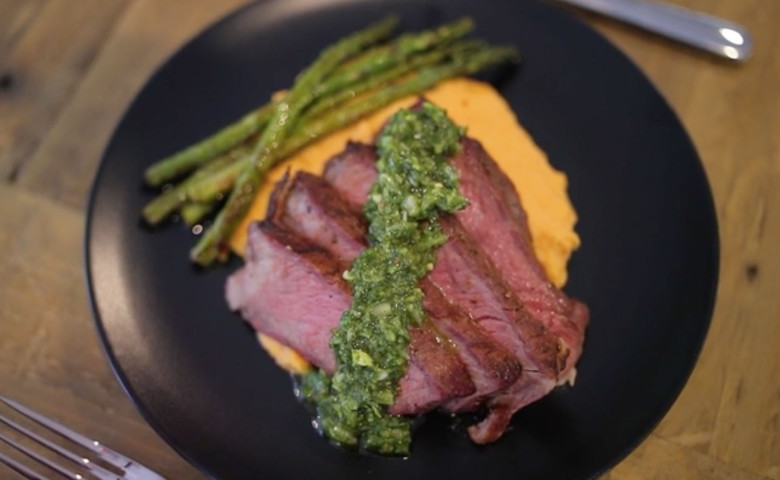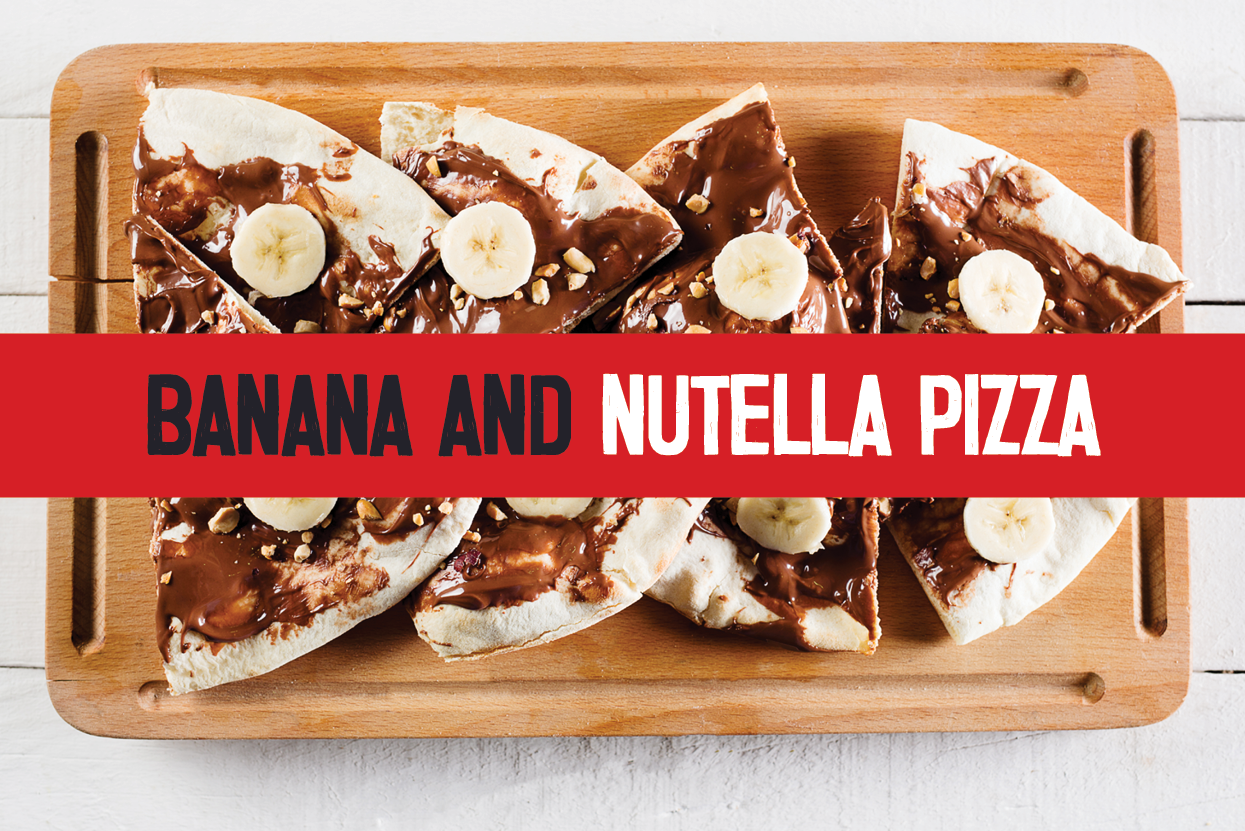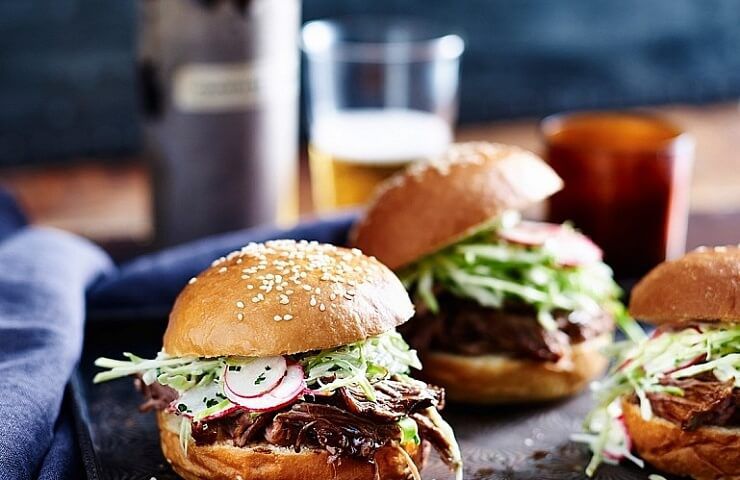| Cut of Meat | Weight / Thickness | Method | Approx. Cooking Time |
|---|---|---|---|
| Standing Rib Roast | 1.5kg – 2.2kg | Indirect | 53 – 57 min /kg (R) |
| Standing Rib Roast | 2.7kg – 3.6kg | Indirect | 40 – 48 min/kg* (R) |
| Boned & tied roasts (rib, sirloin tip, crossrib) |
1.3kg – 2.2kg | Indirect | 53 – 57 min/kg* (R) |
| Steaks (T-bone, New York, Porterhouse, top round, sirloin; chuck steak if marinated or tenderized) |
2.5cm | Direct | 5 – 6 min /side** (R) |
| Steaks (T-bone, New York, Porterhouse, top round, sirloin; chuck steak if marinated or tenderized) |
3.8cm | Direct | 8 – 9 min /side (R) |
| Steaks (T-bone, New York, Porterhouse, top round, sirloin; chuck steak if marinated or tenderized) |
5cm – 6.3cm | Direct | 8 – 9 min /side (R) |
| Flank Steak | 2.5cm – 3.8cm | Direct | 5 – 7 min /side (MR) |
| Skirt steak (cut into serving size pieces) |
31mm – 63mm | Direct | 1 1/2 – 2 min /side (R) |
| Skirt steak (cut into serving size pieces) |
1.2cm | Direct | 2 1/2 – 3 min /side (R) |
| Boneless Cubes | 1.9cm | Direct | 5 – 6 min total (MR) |
| Boneless Cubes | 2.5cm | Direct | 8 – 10 min total (MR) |
| Boneless Cubes | 3.8cm | Direct | 15 min total (MR) |
| Ground Beef Patties | 2.5cm | Direct | 4 – 5 min /side (R) 5 – 6 min /side (M) 6 – 7 min /side (W) |
Barbequing Tips:
- Turn meat only once. (This changes direction of juices, as well as to prevent drying out on the underside.)
- If using frozen meat, thaw meat in refrigerator – allow meat to absorb marinade overnight if possible.
- Trim the excess fat and do not pierce it with a fork as the juices may run out.
- It is important not to overheat or cook too long as juices may dry out.
- Don’t salt meat before cooking as this draws out the natural juices and the meat will be dry again. (Unless incorporated into marinade)
Hamburgers:
- Don’t use very lean meat for it needs some fat for juiciness.
- For more imaginative burgers, put two patties together with a filling between them, i.e. bleu cheese, butter and sherry, garlic and parsley butter.
Steaks:
- Start with the best steak you can buy.
- Look for bright red color and marbling.
- If not graded Prime, look for a good Choice cut.
- The most important element in grilling is thickness: at least 1in. – 1 1/2 in thick.
- For tenderness select rib, strip, tenderloin cuts or filet mignon.
- The most flavorful cuts are ribeye, N.Y. strip, porterhouse and T-bone.
- Avoid lean beef, which is tough after grilling.
- Temperature: 288°C – 288°C.
- Grill should be as hot as possible. Be patient and wait until the grill is pre-heated.
- Meat should be at room temperature.
- Do not season until ready to cook.
Timing:
- Cooking times will vary by the cut of beef, temperature of grill and degree of doneness desired.
- Based on 1in. – 1 1/2 in. thickness at an optimum temperature of 260°C – 288°C, the cooking time is 3 1/2 to 4 minutes on each side for medium rare. When cooking several steaks to various degrees of doneness, begin with well-done, then add medium and rare so that everything comes off the grill at the same time.
Use Your Palm To Read Your Steaks:
You can poke the meat and judge its degree of doneness by comparing it to the feel of a particular place on your palm.
- The pad at the base of the thumb is equivalent to a rare steak.
- The middle of the palm is equivalent to a medium steak.
- The base below the little finger is a signature for well-done. Don’t be afraid to poke your steak, and if still in doubt cut into it with a knife to visually check the degree of doneness.
Technique:
- Cook the steak quickly to sear in maximum juices.
- The more the meat is handled the more the juices and flavor are lost.
- Do not use a fork; always use tongs to turn a steak.
- Do not turn more than once; cook one side at a time.
- Thicker cuts may need to be seared and then finished to desired degree of doneness using indirect heat.
When in doubt, cut into the meat to visually check the doneness. When it is almost, but not quite, done to your liking, pull it off the grill and let it sit for 2 – 3 minutes, it will continue cooking off the grill and be done to perfection. Trial and error is needed to be able to judge the timing for your perfect steak.










